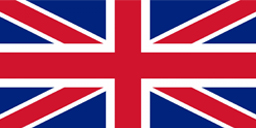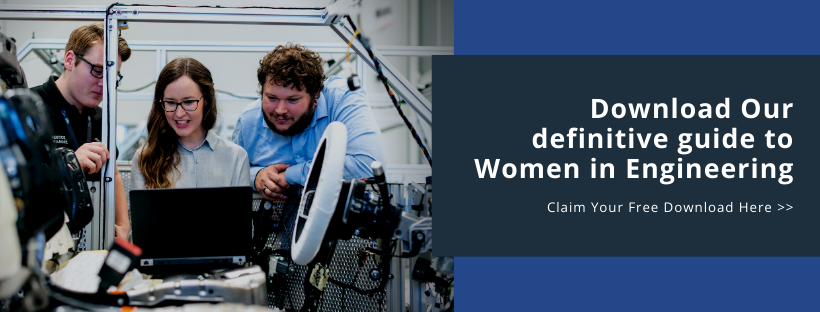Is The Engineering Gender Gap Closing?
10th March 2021
International Women’s Day 2021 was dominated by one woman in particular.
While the eyes of the world were trained on an explosive TV interview, there were a smattering of headlines that spoke of something far more important, at least in our eyes.
For these stories shone a light on the gender gap in engineering worldwide and ongoing efforts to close it. We’ve taken a closer look at some recent developments.
The State of Play
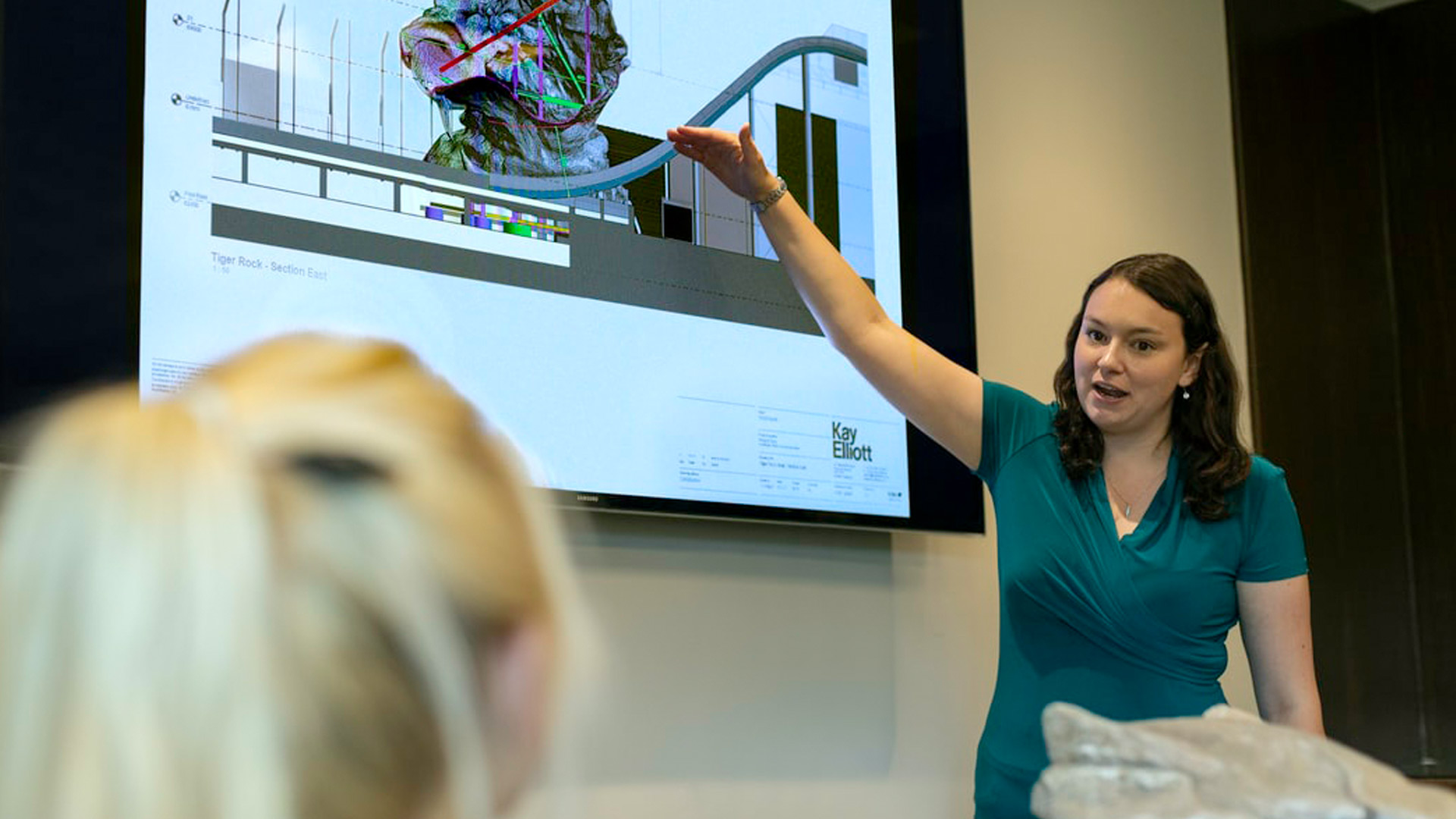
The latest statistics continue highlight a shortfall in engineers generally.
Right now, anywhere between 37,000 and 59,000 people are required to plug a widening skills gap throughout the industry. For context, this was believed to be around the 20,000 mark as recently as four years ago.
That scarcity is due in large part to the absence of women perusing careers within the sector. At the time of writing, just 12% of UK engineers are believed to be female. They’re even less represented in the likes of Sub-Saharan Africa, where they account for just 10%.
The lack of female representation is keenly felt not just on foundry floors but within boardrooms.
Management consulting firm McKinsley found that companies whose executive teams are made up of 25% women, are 25% more likely to achieve what they call ‘above average’ profitability.
Such bright minds are evidently key to returning the global economy to health.
Sadly, too few females have their heart set on a career in engineering, at least long-term. New figures show 57% drop off of the register of professional engineers by the age of 45. By contrast, only 17% of men follow suit.
Debate rages as to why, with a desire for flexible working and career breaks mooted. Regardless, keeping women in engineering is every bit as important as enticing them.
New initiatives are being introduced to do just that.
WIE Ambassadors
One such example is the IEE Women in Engineering UK and Ireland’s decision to appoint WIE Ambassadors. From March volunteers committed to challenging gender stereotypes within the engineering and manufacturing sectors stand to be rewarded with what are sure to become much-coveted ambassador badges.
In appreciation for their efforts, these ladies will gain access to networking and mentoring to support their own career development. They will join forces with the WIE committee to broaden its reach and will be invited to both propose and manage new projects designed to tackle the gender gap.
One of the first two recipients named was Uduak Akpanedet, who outlined her ambition.
“As a female engineer, it really makes a difference seeing that girls can make it in the profession. These things in turn have stirred up a deep-seated ambition within me to promote engineering as a career to young girls and women.”
Experience Survey
Elsewhere the online engineering community, Element14, have teamed up with electronic components distributor Farnell, to create a new survey into women’s experiences within engineering.
Those behind the questionnaire have invited all current and former engineers, as well as those looking to forge a career in the sector, to partake.
They hope to gain valuable insight into discrimination and matters that may or may not that prevent equality in this specific workplace. The expectation is they’ll uncover some obvious challenges that will be shared in a full-blown report, scheduled for Women In Engineering Day on June 23rd.
The survey is open until 30th April, and the Global Head of Community and Social Media for element14, Dianne Kibbey, has urged women to shed light on perceived obstacles.
“I’ve faced my share of challenges over my career working in technology and am looking forward to hearing from my peers on what their experiences have been like”, she explained. “We’re hoping to hear from people working in this industry – whatever their age, race, or gender, so that we can gain insights around what is working well for women and what could be improved.”
You can access the survey here.
Groups
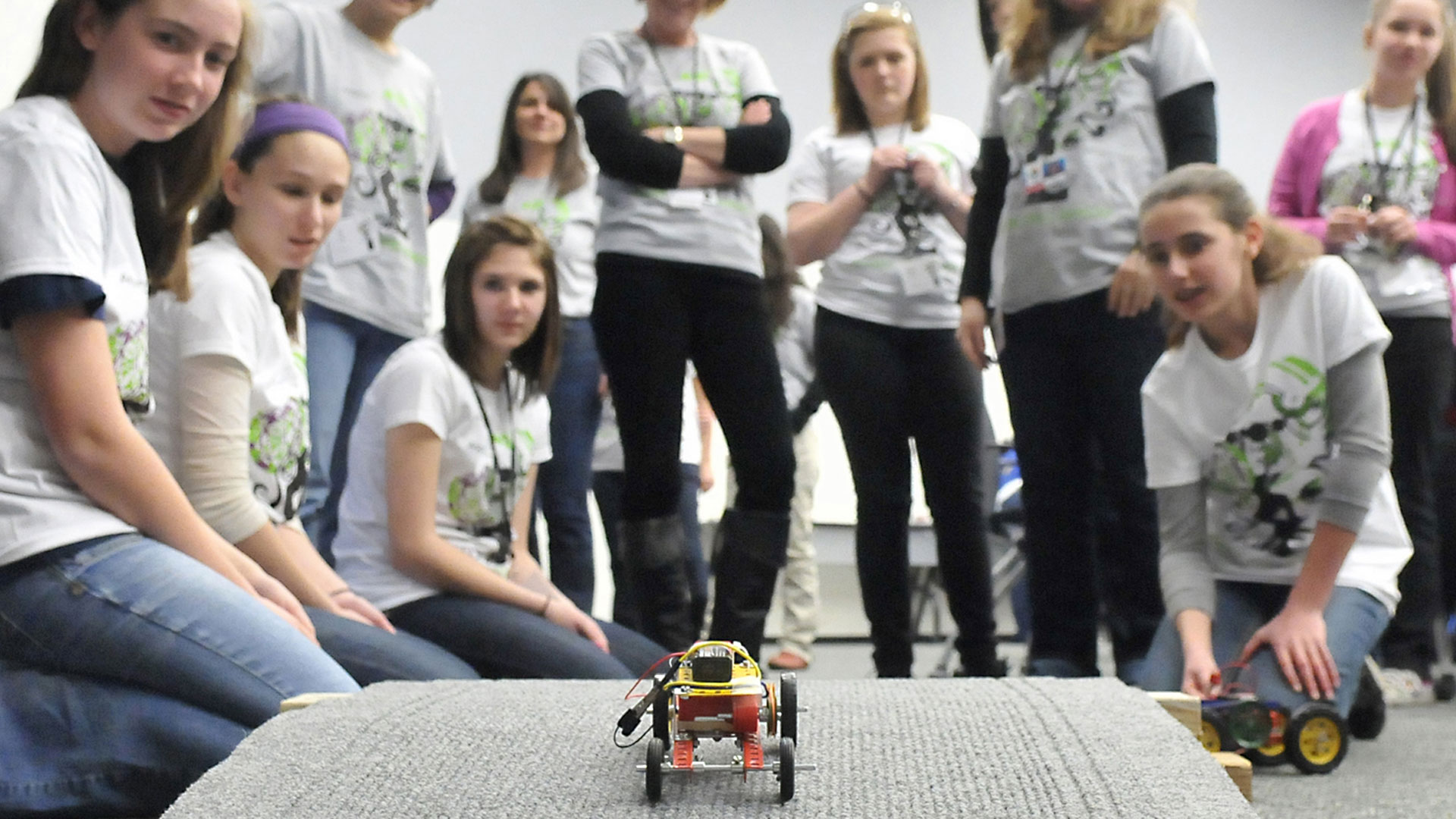
Over in Ireland meanwhile a new Women In Engineering Group has been assembled, dedicated to helping young girls build careers within the sector.
Launched on International Women’s Day, it will be headed up by the successful chartered structural and civil engineer Georgina Molly.
Together with other members, she’ll push for gender balanced committees and interview panels, more diverse interviewee lists and greater female representation across boards and senior management levels.
Crucially, they are also petitioning the Irish parliament to encourage men to take paternity leave, believing motherhood contributes to the aforementioned drop off in female engineers.
A series of measures will also be aimed at keeping women in the sector for longer, while what they’re calling ‘unconscious bias’ in training material will also be explored.
Inspiring Leaders
To mark this annual event, Yewande Akinola has also spoken of her journey, from humble beginnings in Nigeria to a Member of the British Empire no less, by way of a career in engineering.
36-year-old Akinola, who won the IET Young Woman Engineer of The Year Award in 2012 and founded the Global Emit Project, which mentors young people with an interest in engineering, that same year, talked up the importance of grants.
She highlighted how $4.8m of investment coming from the GCRF Africa Catalyst Program, spread between 37 projects and 14 countries, had a direct impact on increasing female internships in Rwanda from 5% to 25% in just five years.
She also tackled the issue of tokenism and a suspicion some women are hired simply to keep up appearances and tick a box.
“Of course, sometimes you have to give yourself a bit of a break,” she says. “A lot of women, as we always do, take on the responsibility of fixing the world. And it’s not quite 100% our responsibility. We need our allies, and sometimes it gets tiring, so it’s a balance. We have to take care of ourselves and step back and know that actually we’re doing it on our own terms.”
Another high-profile figure to address the gender gap this month was Minister for Women, Baroness Berridge. In an article for political website, The House, she urged employers to use skills-based assessments and structured interviews to ensure that every interview is assessed under the same conditions.
She also suggested increasing the number of part-time senior roles may go some way towards stopping the haemorrhage of the female workforce past middle age. The fact 17% of female engineers were found to be part-time by the Royal Academy for Engineering, would suggest this is worthy of discussion.
You can hear more from Baroness Berridge in this podcast.
Graduates
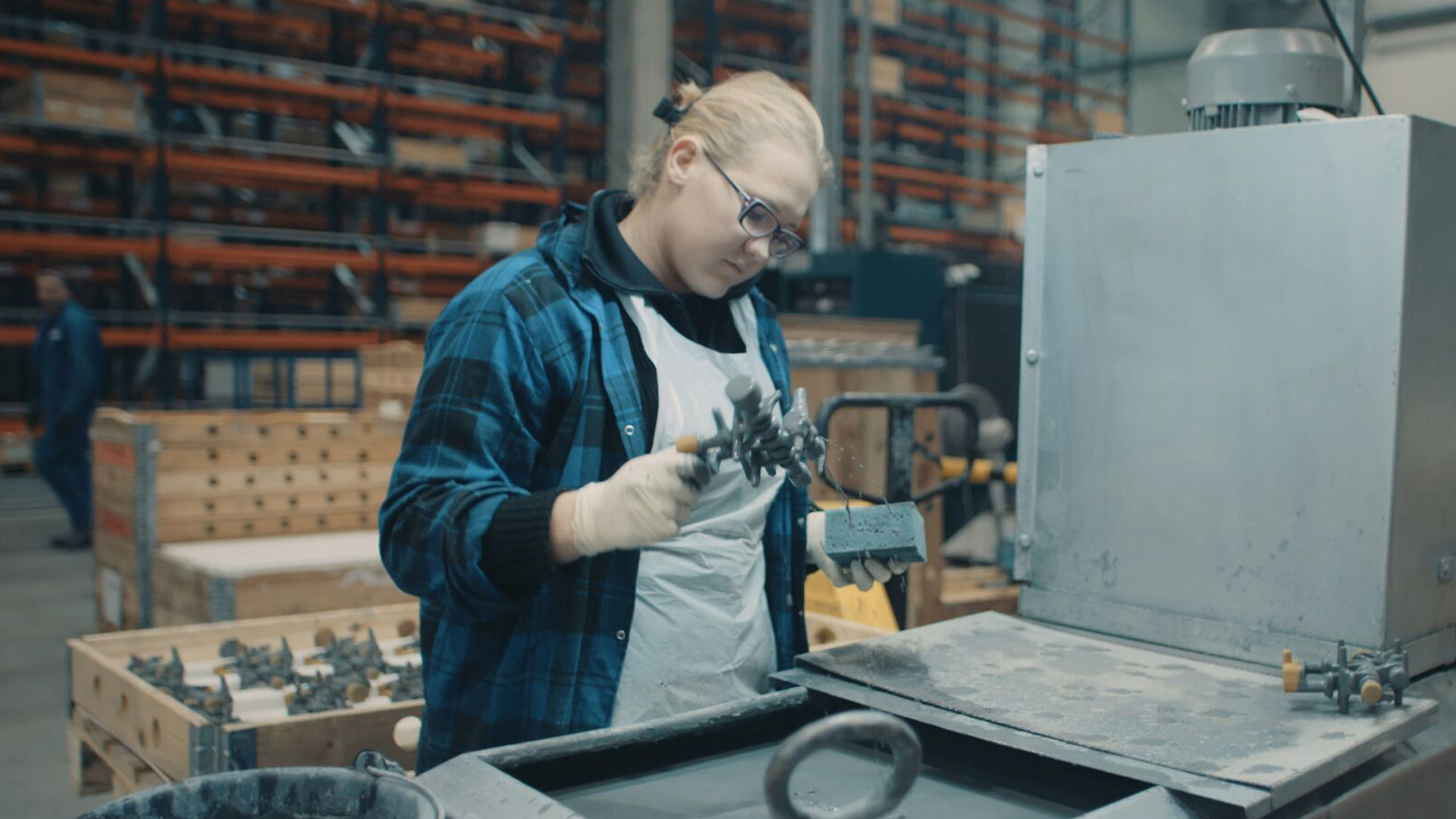
Finally, there are encouraging signs when it comes to graduation rates among female engineers, at least in some parts of the world. Moroco was one country to record a healthy percentage, certainly in comparison to more developed nations.
Those boasting the best split of graduates are as follows:
- Benin – 54.6%
- Peru 47.5%
- Bangladesh – 46.1%
- Uruguay – 45.9%
- Morocco - 42.2%
- France 26.1%
- Norway – 23.9%
- Germany 21.1%
- USA – 20.4%
- Canada – 19.7%
For reference, 23.5% of engineer graduates in the UK are currently women.
So, while the headline figures make for disappointing reading, there has never been a greater emphasis on closing the gender gap within engineering.
New initiatives, spearheaded by inspirational ladies who have carved out successful careers, could soon turn the tide. Come the next International Women’s Day the world, and the engineering sector in particular, may look very different.

